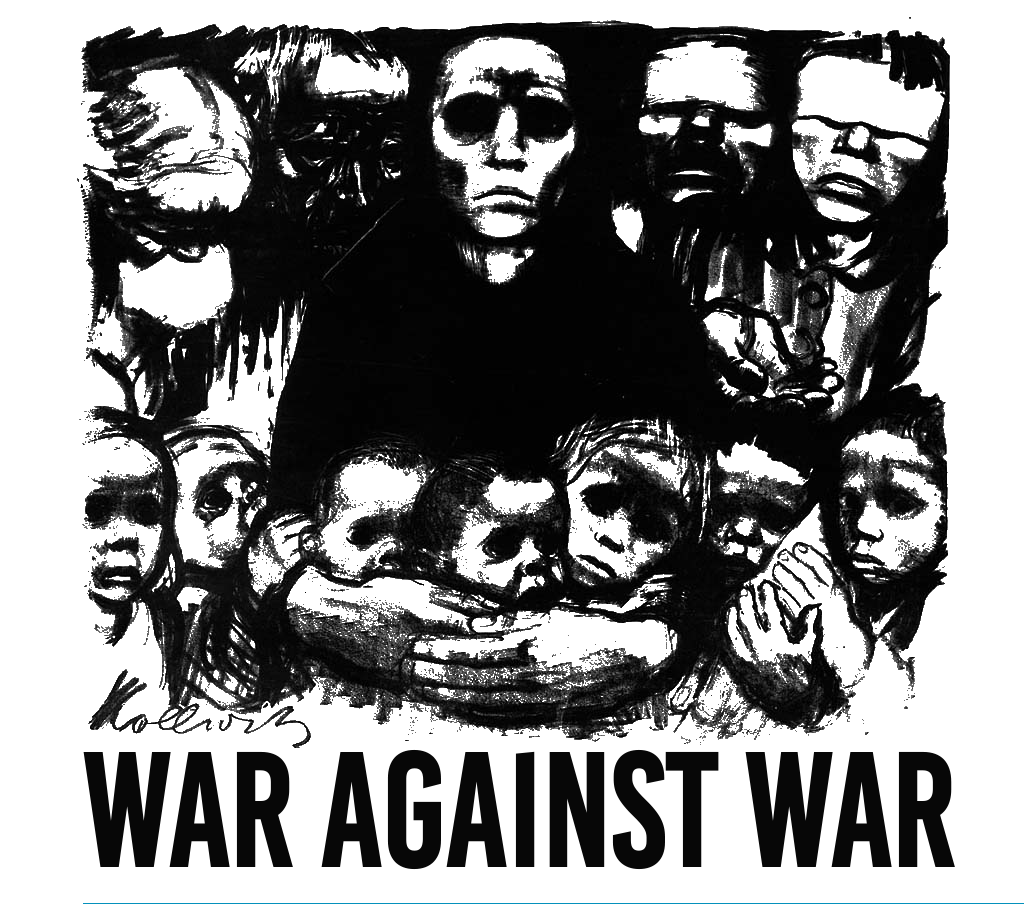Most cross-national datasets of civil and political rights practices have relied on internationally distributed English language secondary sources as the core source of information for their metrics. This approach has yielded data that are highly reliable, but also suffer from the fact that their information sources under-represent the overall level of abuse internationally and do so in a way that is biased across countries. The combined knowledge of the individual human rights practitioners working to directly monitor the abuses occurring within a country would likely serve to overcome much of this biased under-reporting, but it is difficult to compare that knowledge across country and cultural contexts. In this article, we discuss how we overcome these problems in the Human Rights Measurement Initiative (HRMI) civil and political rights data. Using an expert survey that contains anchoring vignettes in concert with Bayesian scaling techniques, we present a new methodology for collecting and aggregating data on the intensity and distribution of respect for eight separate civil and political rights.
This was originally published on SAGE Publications Ltd: Journal of Peace Research: Table of Contents.
